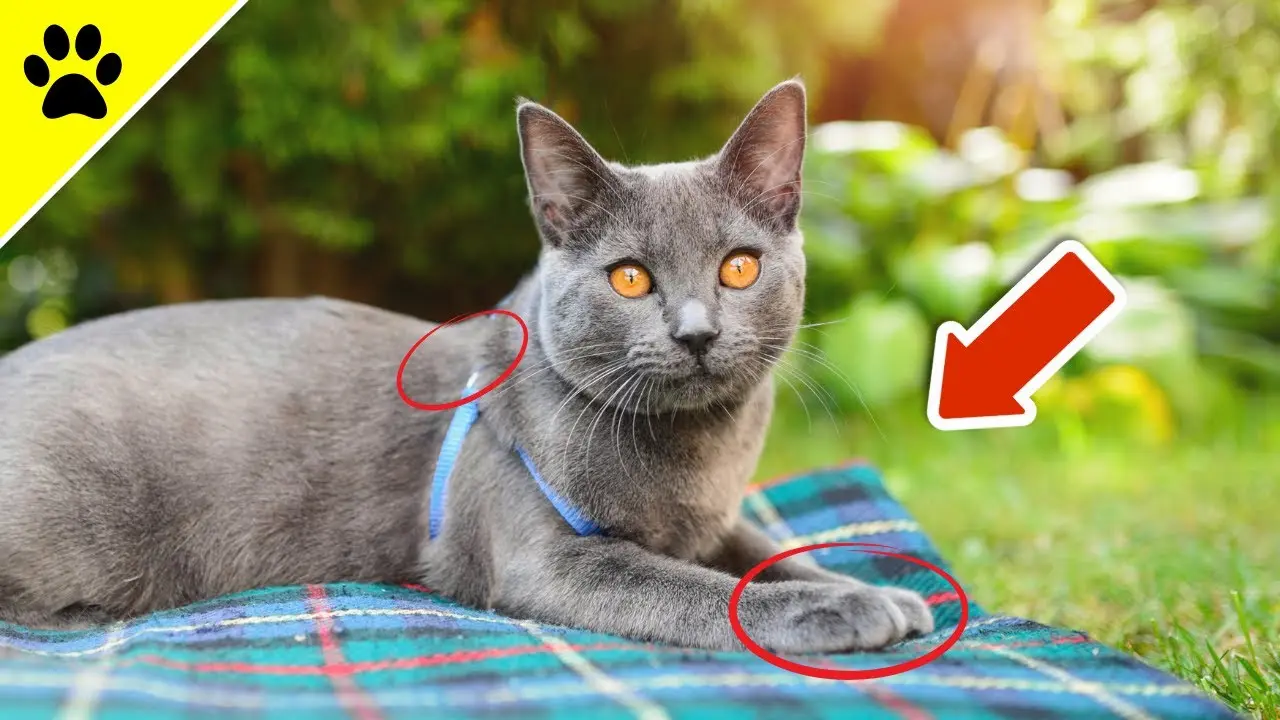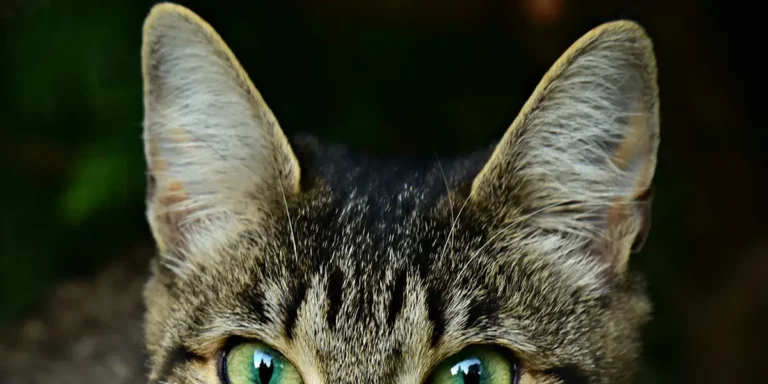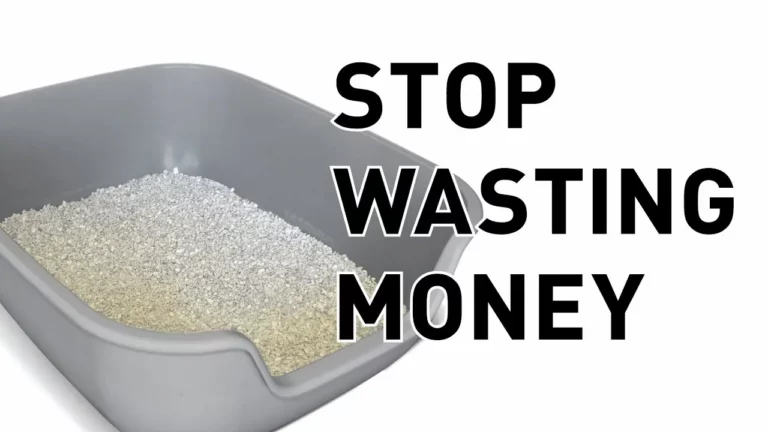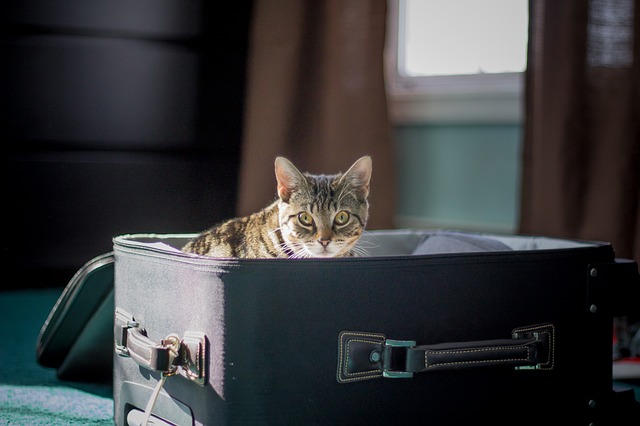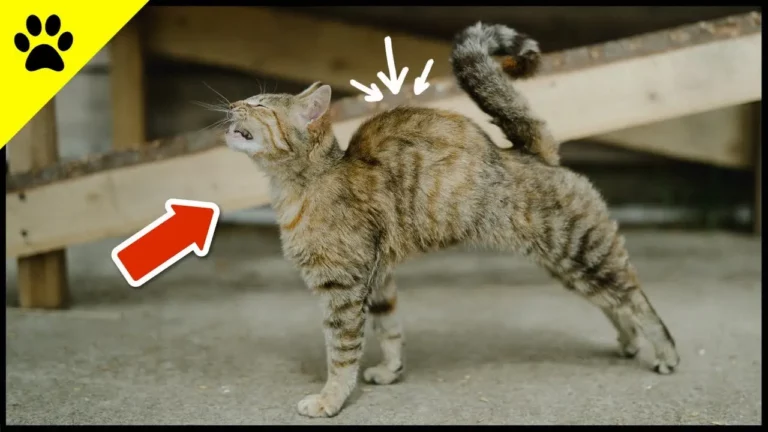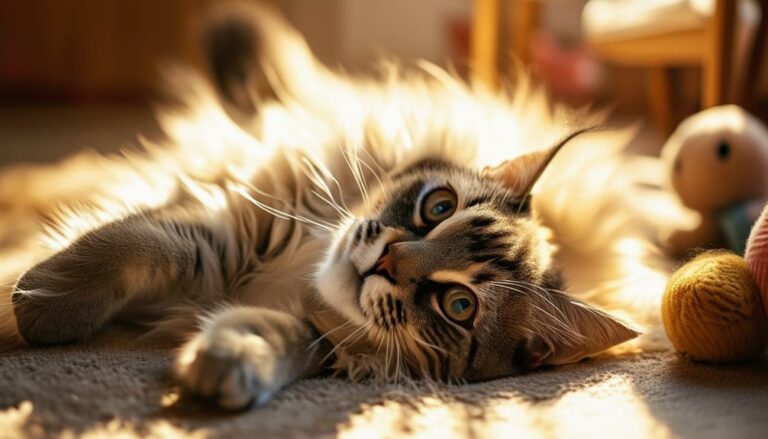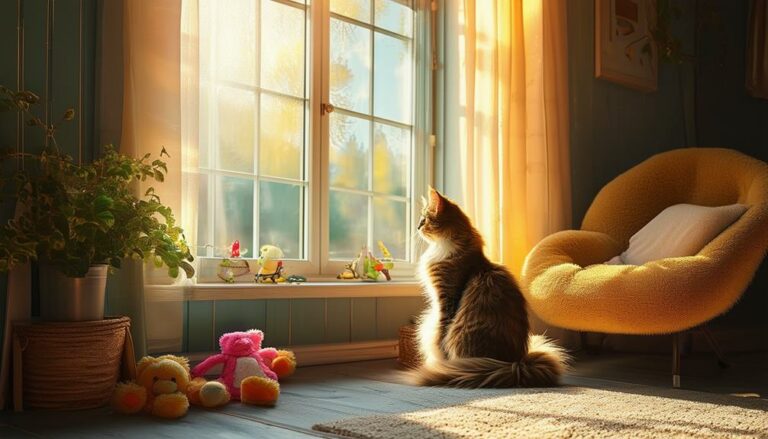Is Your Cat Overheating? These Are Signs You Should Never Ignore
Have you ever wondered if your
Recognizing the signs early can make all the difference in your pet’s health. You might notice excessive panting, unusual lethargy, or even vomiting and diarrhea.
These symptoms shouldn’t be ignored, as they can escalate quickly.
Your
A rapid heart rate is another critical indicator. Immediate action is necessary to keep your
Excessive Panting
Noticing your
Excessive panting in cats often indicates they’re trying to cool down their body temperature.
You might see them breathing with their mouth open, their tongue out, and taking rapid, shallow breaths.
This behavior isn’t typical for cats and can be quite alarming if observed.
You should check the environment to make sure it’s not too hot. Cats can overheat quickly, especially in warm weather or if they’re trapped in a hot space like a car or unventilated room.
Make sure your
If panting continues, it could progress into more severe symptoms, so don’t delay in taking action. Move them to a cooler place immediately and consider using a fan or damp cloth to help lower their body temperature.
If the panting doesn’t subside or if your
Lethargy and Weakness
Experiencing lethargy and weakness, your
When cats overheat, their energy levels can drop dramatically.
You might notice your usually active kitty becoming unusually sluggish or disinterested in their favorite activities.
This sudden change in behavior is a red flag that shouldn’t be ignored.
In severe cases, your
This weakness can be alarming, but it’s a clear indication that your furry friend needs to cool down and hydrate immediately.
Make sure to offer fresh, cool water and consider moving them to a cooler environment, such as a room with air conditioning or a fan.
Additionally, monitor your pet’s behavior closely.
If they’re lying down more than usual, refusing to move, or showing little interest in food or play, these could all be signs that they’re struggling with the heat.
Act quickly to prevent more serious health issues.
You can also dampen a cloth with cool water and gently stroke your companion’s fur to help lower their body temperature. Always consult your veterinarian if you’re unsure or if symptoms persist.
Vomiting and Diarrhea
If your
These symptoms indicate that your
Cats can’t sweat like humans, so they rely on other mechanisms to cool down.
When these fail, their digestive system may become upset, resulting in vomiting and diarrhea.
It’s essential to monitor your
Offer them fresh water to help prevent dehydration, which can exacerbate their condition.
Avoid giving any food until their symptoms subside, as this can further irritate their digestive system.
While waiting for their condition to improve, keep an eye out for any additional signs of overheating, such as excessive panting or drooling.
If the vomiting and diarrhea persist or worsen, contact your veterinarian immediately.
They can provide specific guidance and, if necessary, medical intervention to ensure your
Prompt action can make a significant difference in your
Red or Pale Gums
Check your
Normally, your
To check your
Overheating can lead to heatstroke, a severe condition requiring immediate attention.
You can help your
Monitor your
It’s vital to stay calm and focused, as your
By regularly checking your
Rapid Heart Rate
Another critical sign that your
You can check your
A normal heart rate for cats ranges between 140 and 220 beats per minute. If you notice a rate notably higher than this, it’s a clear indicator that something isn’t right.
Rapid heart rate, or tachycardia, in cats can be alarming. It often accompanies other symptoms of overheating like excessive panting, drooling, or lethargy.
When you suspect your
Move your
In severe cases, don’t hesitate to contact your veterinarian immediately for professional advice and care.
Being aware of this sign can make a big difference in your
By monitoring your
Conclusion
If you notice your
If symptoms persist or worsen, don’t hesitate to consult your vet. Your prompt attention can make all the difference in ensuring your
